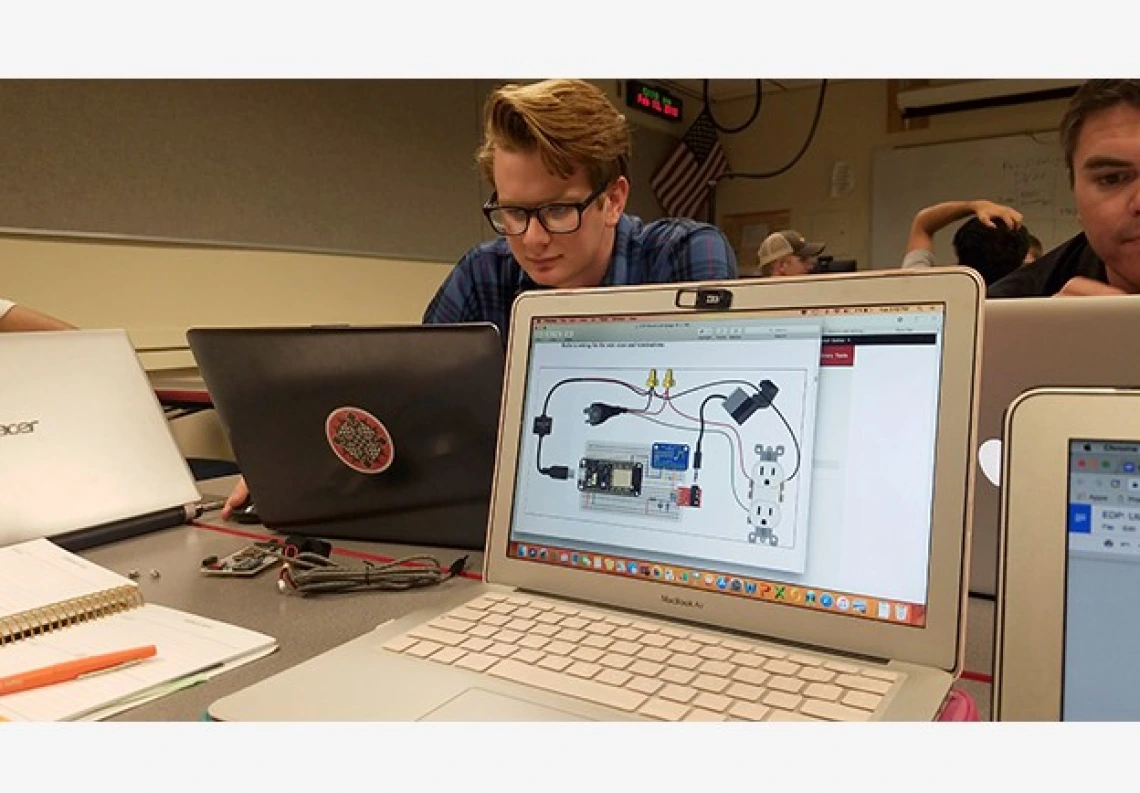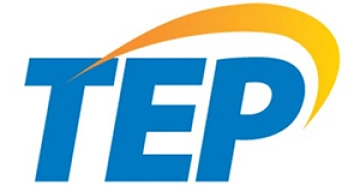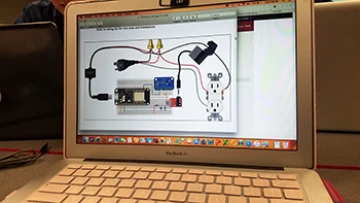Tracking Peak Electricity Usage in Tucson and Beyond


Project Title: Customer-Optimized Power Use and Cost
Team 17022 Members:
Hadi Almakaiel, mechanical engineering
Dylan Carlson, electrical and computer engineering
Kendall Collier, systems engineering
Daniel Miranda, electrical and computer engineering
Liam Spinney, electrical and computer engineering
Sponsor: Tucson Electric Power
Getting a Peek at Energy Peaks
Most people tend to use energy at the same times of day. For example, Tucson Electric Power reports its peak hours are from 3 to 7 p.m. in the summer and from 6 to 9 a.m. and 6 to 9 p.m. during the winter. Because electricity is more expensive for TEP to produce during these hours, it’s also more expensive for the customer. Customers can opt into a cheaper payment plan by not using electricity during peak hours.
However, some people don’t know their own energy use habits very well, and some have a hard time navigating TEP’s tiered plans. Enter team 17022.
“The idea behind our project is to create a system that measures how much power people are using and calculates cost,” said team member Dylan Carlson. “Then it presents that information, so people can determine what they can do to save money without changing their energy use.”
A Powerful Tool for Monitoring Power
To achieve this, the team is developing software and hardware to monitor data and display it to customers. First, there’s a current transformer that customers can plug devices into, which will monitor how much electricity they use throughout the day.
“Basically, you’ll be plugging your refrigerator — or whatever appliances you want to monitor — into our device,” Carlson said.
The software side of the project involves creating an interface that allows customers to view their energy use patterns and decide on ways they might be able to shift their usage to cheaper times. For example, if a person discovers from the data that they usually do laundry from 6 to 7 p.m. during the winter, they could shift their laundry routine from 5 to 6 p.m. and save money by avoiding peak usage times.
“A lot of what they’re doing in this project is only possible now because it requires computers, databases and internet access to systems that control the house,” said the team’s college mentor, Dave Gilblom. “They couldn’t have done that 10 years ago.”
Data Collection and Weatherproofing For the Future

The team is conducting accuracy testing to make sure their hardware is correctly capturing data, and developing weatherproof boxes for customers who want to monitor outside devices. They hope the project will ultimately lead to cheaper electricity bills for Tucson and beyond.
“I thought it was pretty relatable,” said student team leader Kendall Collier. “Everyone has a power bill, and everyone pays it. It’s something that I could use and would affect my life.”
Team 17022 will be displaying their energy use software and hardware at the College of Engineering’s 2018 Design Day on April 30.

